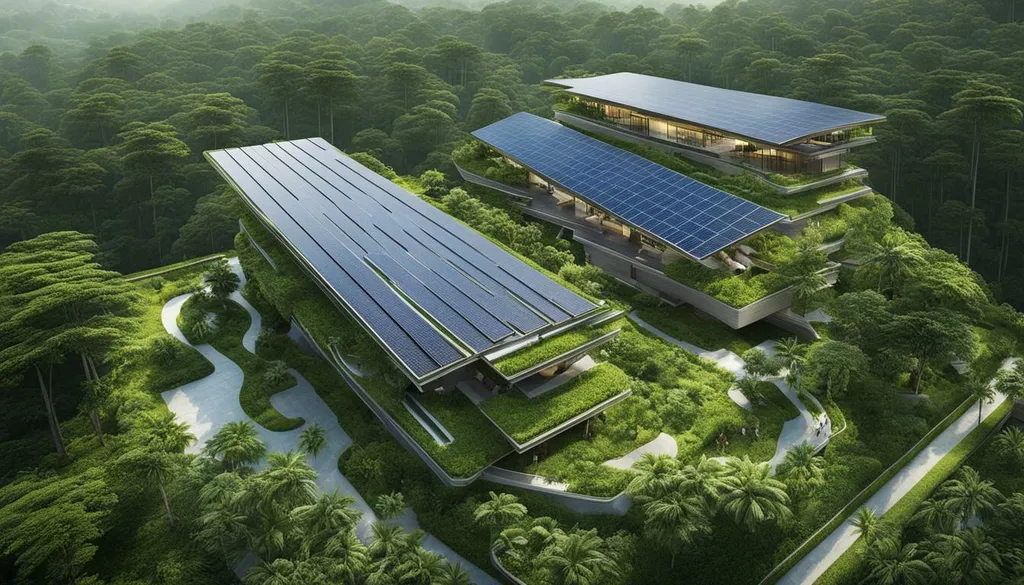In the heart of Indonesia, a groundbreaking study is reshaping the way we think about sustainable construction and energy efficiency. Rahmat Heru Supriyo, a researcher affiliated with an undisclosed institution, has published a compelling study in the *Jurnal Civil Engineering Study* (translated as the *Journal of Civil Engineering Studies*) that explores the integration of green roofs with lean construction methods. The focus? A public service building in Kediri Regency, where innovative techniques are not just reducing environmental impact but also cutting costs and improving efficiency.
The study, titled “The Application of Green Roof with Lean Construction Integration on the Public Service Building of Kediri Regency,” delves into the synergy between green roofs and lean construction. Green roofs, known for their ability to reduce urban heat island effects, improve rainwater absorption, and support biodiversity, are paired with lean construction methods to minimize material waste, labor, and time. This dual approach is proving to be a game-changer in the construction industry.
“By integrating green roofs with lean construction, we’ve seen a significant reduction in microclimate temperatures around the building—up to 10-15%—and a 25% reduction in construction time compared to conventional methods,” Supriyo explains. This is not just good news for the environment; it’s a boon for the energy sector as well. Buildings that require less energy for cooling and heating translate to lower operational costs and a smaller carbon footprint.
The study involved a comprehensive methodology, including literature reviews, primary data collection through questionnaires from 100 respondents, and data analysis using SPSS and Value Stream Mapping. The results are promising, highlighting the potential for similar projects to achieve both economic and environmental benefits.
One of the key challenges identified in the study is the high initial cost and the need for multidisciplinary coordination. However, the benefits far outweigh these hurdles. “The availability of local materials and supportive policies are crucial factors in the success of such projects,” Supriyo notes. These findings align with the United Nations’ Sustainable Development Goals, particularly Goal 11 (Sustainable Cities and Communities) and Goal 12 (Responsible Consumption and Production).
As the construction industry continues to evolve, the integration of green roofs and lean construction methods could set a new standard for sustainable building practices. This research not only provides a roadmap for future developments but also underscores the importance of innovative solutions in addressing both economic and environmental challenges.
In an era where sustainability and efficiency are paramount, Supriyo’s work offers a glimpse into the future of construction. By embracing these methods, the energy sector can look forward to more cost-effective and environmentally friendly building practices, paving the way for a greener, more sustainable future.

